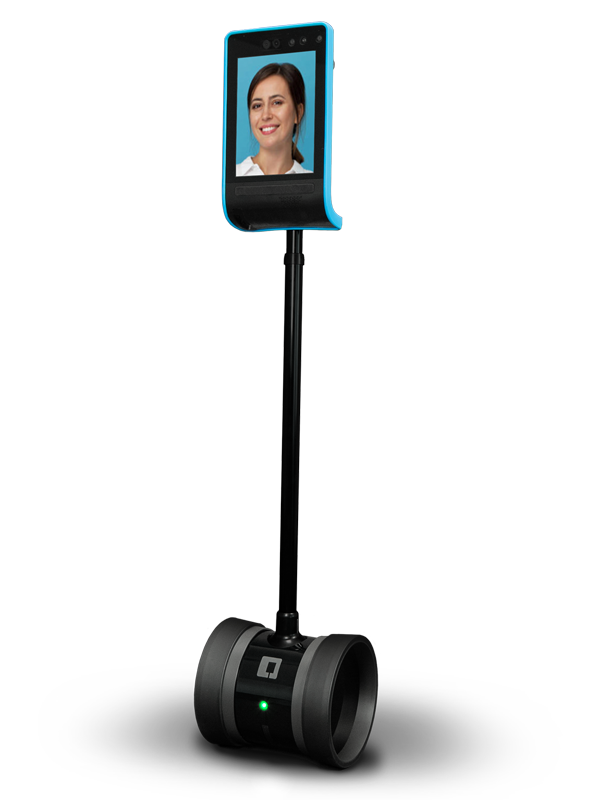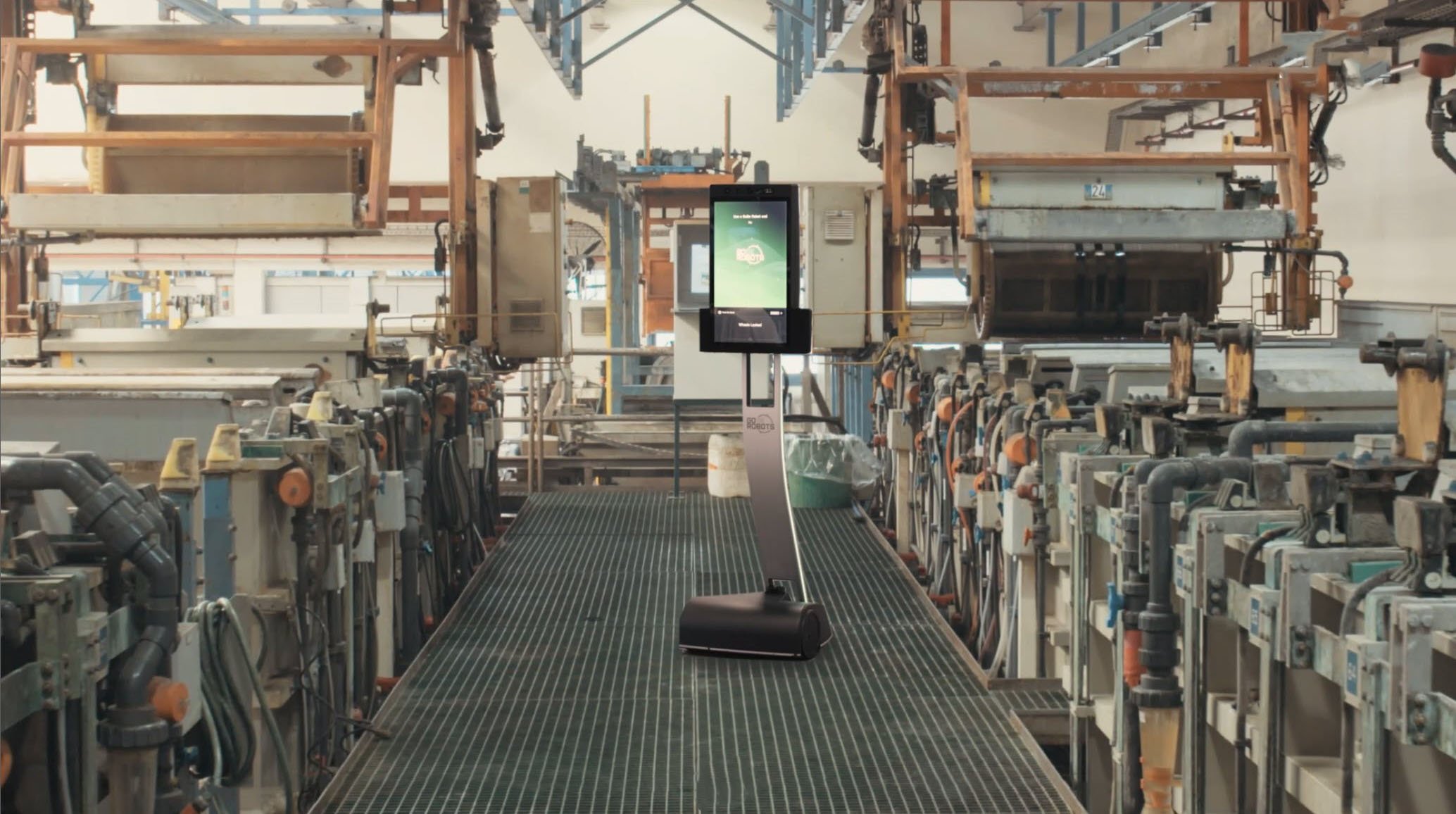3 min read
Why Businesses are adopting telepresence robots in droves
Telepresence robots are becoming more and more of a necessity in today's challenging business environment. Businesses employing telepresence...
1 min read
Benjamin Farkas Feb 11, 2022 12:00:00 AM

A lot has changed in the past few years. With the rise of telecommuting and remote work, more people are able to work from home than ever before. This is great for employees, who get to enjoy the benefits of working from home, such as flexible hours and less stress. It's also great for employers, who can save money on office space and employee salaries. But there is one enormous upside to this trend: the amount (or lack thereof) CO2 emissions produced by telecommuting workers. A new study has found that the use of telepresence robots is a solution for companies to reduce their carbon footprint.
The study, conducted by researchers at UC Berkeley and the Technical University of Denmark, found that telecommuting workers had a much smaller carbon footprint than those who did not work remotely. The study also discovered that employees in large cities tended to have lower emissions, as well as higher incomes. All told, the use of telepresence robots was that the technology was a net-positive for both corporations and the users operating them.
The researchers found that telepresence robots were able to reduce the amount of emissions produced by workers in large cities by up to 50 per cent. In addition, users felt more productive when using them and reported less stress than their counterparts who did not use a robot at all. The study also noted that many people enjoy being able to interact with others in person, and the robots was a good gap-filler between being in the office, and enjoying the flexibility of remote working.
The researchers concluded that telepresence robots are a viable solution for reducing CO-emissions and improving productivity, but noted that there is still work to be done before they become widespread in the workplace. The study was published in Nature Human Behaviour.
In addition to these fantastic findings, the study also provided some interesting insight into the types of jobs that are best suited for telecommuting. The study found that managerial, professional, and technical jobs had the lowest emissions when working remotely. Sales and service workers, on the other hand, had some of the highest emissions due to their need to travel frequently.
The takeaway? If your job is one listed above, you might want to consider working from home via a telepresence robot.
To learn more about the Double3 Telepresence Robot, contact us on 1300 342 546 or book in a free test drive today!

3 min read
Telepresence robots are becoming more and more of a necessity in today's challenging business environment. Businesses employing telepresence...

5 min read
This article explores how telepresence robot technology and the metaverse is changing the way we work. With employers able to provide the best of...

2 min read
What Is A Virtual Telepresence Robot? The term telepresence describes any technology which enables a person to simulate being in one...